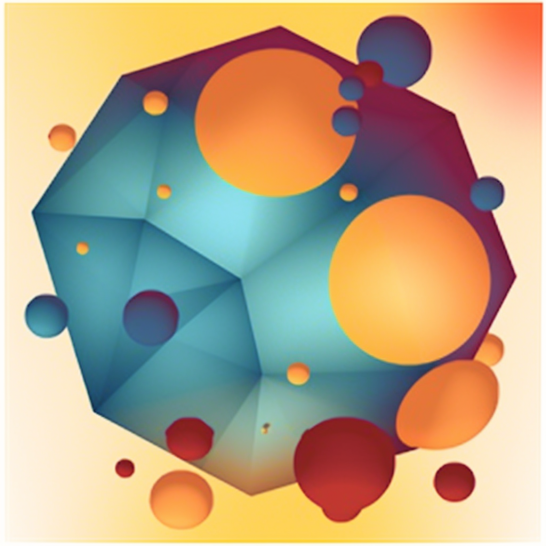In the world of condensed matter physics, a seemingly familiar topic like Fermi liquids still holds intriguing secrets waiting to be uncovered. Although every undergraduate student learns about Fermi liquids, their surprising stability under interactions has remained fascinating. Recently, our research (arXiv:2302.12731) has shed new light on this mystery by unraveling a profound topological reason behind the stability of Fermi liquids. In this post, we will take you on an exciting journey into the uncharted territories of phase space, where we have discovered new ways to understand and classify Fermi surface anomalies.

The Quest for Stability
Fermi liquids, which model the universal low-energy features of electrons in metals, have long perplexed researchers due to their remarkable stability under interactions. It was realized by the pioneering work of Bulmash, Hosur, Zhang and Qi (arXiv:1410.4202) that Fermi liquids can be viewed as Chern insulators (a type of topological insulator) in the phase space – a manifold spanned by both position and momentum coordinates. Our research further revealed that the topologically protected boundary modes of phase-space Chern insulators precisely correspond to the low-energy fermion modes near the Fermi surface, providing a profound topological explanation for the Fermi surface’s stability.
Phase Space: A New Frontier
Traditionally, topological insulators are defined and classified in real space. However, our research extended this concept to the phase space, opening up a new frontier. The key challenge lies in the non-commutative geometry of phase space, where position and momentum coordinates are non-commuting observables according to quantum mechanics. This non-commutativity poses new challenges for defining and classifying phase-space Chern insulators. We developed non-perturbative approaches to resolve this non-commutativity, which enable us to describe the phase-space Chern insulator with the standard quantum field theory language, thus providing an accurate and consistent framework to analyze the classification problem.
Decoding the Classification
We identified that the key to correctly classifying topological insulators in the phase space lies in an unconventional way of counting dimensions. We found that momentum space dimensions should be treated as “negative” dimensions and subtracted from the real space dimensions for classification purposes. Following this principle, we were able to show that Fermi surface anomalies are universally classified by (0+1)D fermionic SPT states —- a strikingly simple and elegant result.
Uncharted Territories and Beyond
The quest for understanding Fermi liquids has taken us to the exhilarating new frontier of phase space, and our journey has just begun. Classifying the Fermi surface anomaly is merely the first step. Based on the classification, we discovered the fascinating phenomenon of Fermi surface symmetric mass generation (SMG) (arXiv:2210.16304), where the Fermi surface can be fully gapped out into a trivial product state by non-perturbative interaction effects without breaking symmetry. This can only be achieved when the Fermi surface anomaly vanishes. The Fermi surface SMG has deeper implications to the nature of the pseudo-gap phase, which has been a long-standing puzzle in correlated electronic materials.
Our research not only contributes to the understanding of Fermi surface anomalies but also offers a more coherent and streamlined framework for studying them. Our works pave the way for further advances in condensed matter physics and inspires investigations into Fermi liquids, non-Fermi liquids, and topological phases.
(Written by OpenAI GPT4)
